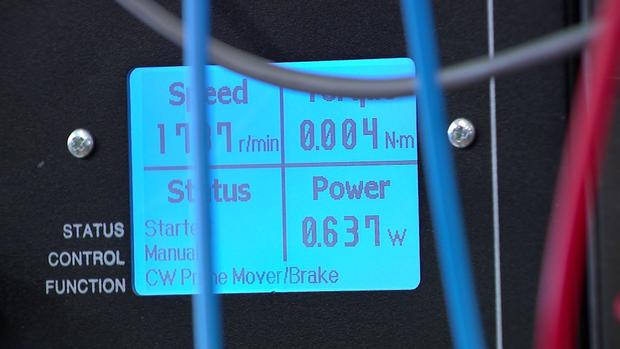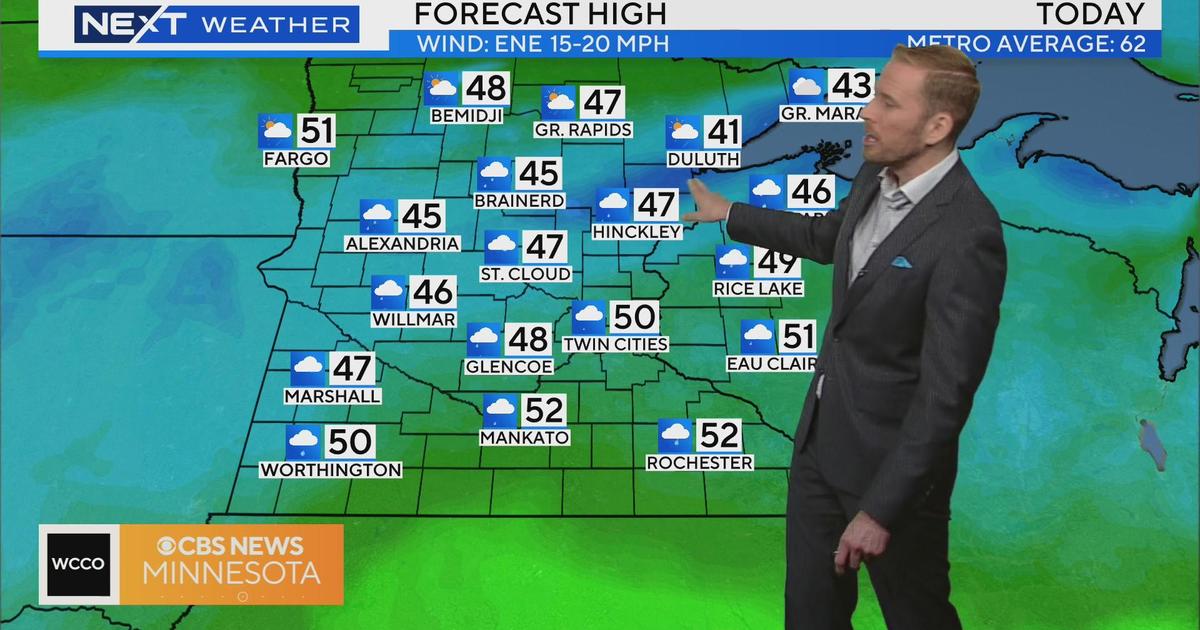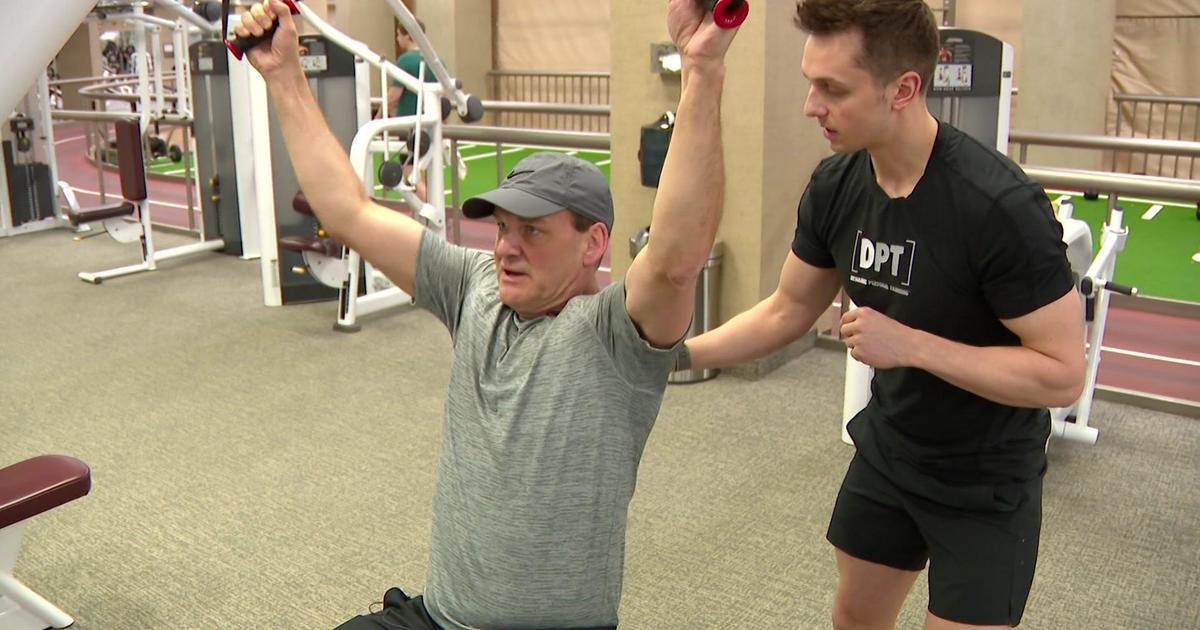St. Thomas research into microgrids may help reimagine future power distribution
MINNEAPOLIS -- Our electric grid is under more stress these days due to supercharged weather fueled by climate change. Since 2000, the Midwest had the most major outages because of severe weather in the U.S.
Experts say the aging system is clearly vulnerable to outages. But there's leading-edge research happening in the Twin Cities to improve the reliability and resiliency of microgrids, an option in the face of growing stressors to our aging grid.
Inside the halls at the University of St. Thomas, you'll hear the hum of a self-sufficient microgrid, an isolated source of power that could keep several campus buildings going seamlessly if the grid went down.
"We're one of the few places in the U.S. that does this," professor Mahmoud Kabalan said. "What we're working on here will, in my opinion, be the de facto technology in five to 10 years as we reimagine the grid of the 21st century."
This particular microgrid feeds off of several connected sources like solar panels on the roof or a diesel generator.
WCCO's Erin Hassanzadeh asked the obvious question: Why do we have to reimagine the grid?
"Well, the grid that we currently have is aging that requires a new thinking of the ways that we should be producing and consuming energy," Kabalan said.
Kabalan says the average age of a power plant is now around 50 years.
"The grid in North America is still one of the more reliable systems on the planet. So we're talking about 99.99% reliability. But I think as we now move into a climate that is more extreme weather -- we can now go from extreme droughts to floods and deluge, we have more forest fires -- we are seeing more stressors that the grids have to go through. For example, the grid in Texas wasn't really designed for a long period of snow and ice," Kabalan said.
It's hard to forget the destructive and costly outages in Texas that froze an entire state in its tracks. Minnesota's grid, conversely, wasn't designed for extended heat waves.
According to scientists with Climate Central, hurricanes, wildfires, ice storms, flooding, and heat waves are more intense, happen more often, and last longer with climate change. And that stresses our system. Major power outages are up since 2000, and the better portion of them are weather-related.
Now if you're counting dollars and cents, microgrids won't be your first choice. But factor in resiliency and the potential to save human lives, and you'll start to see the appeal for certain groups or locations.
"Cooling sights or food storage locations, but also hospitals, data centers, prisons, places that you really should not lose power even for half an hour, an hour in a year. Those are becoming more prevalent," Kabalan said.
At St. Thomas, they aren't just building a solution. They're also training students like Oreoluwa Ero on how to build and run them.
"Having microgrids, or having research regarding microgrids, gives us this data that we can implement on a wide national scale that could improve everything from carbon footprints to power outages. It can be the next step forward in power generation and distribution," he said.
It's a project that's building energy, piece by piece.
"You can have the nicest toys, if you don't have the human capital behind it. Those toys are just going to sit there and rust," Kabalan said. "We're really establishing our name as one of the leading voices in this space nationally."






